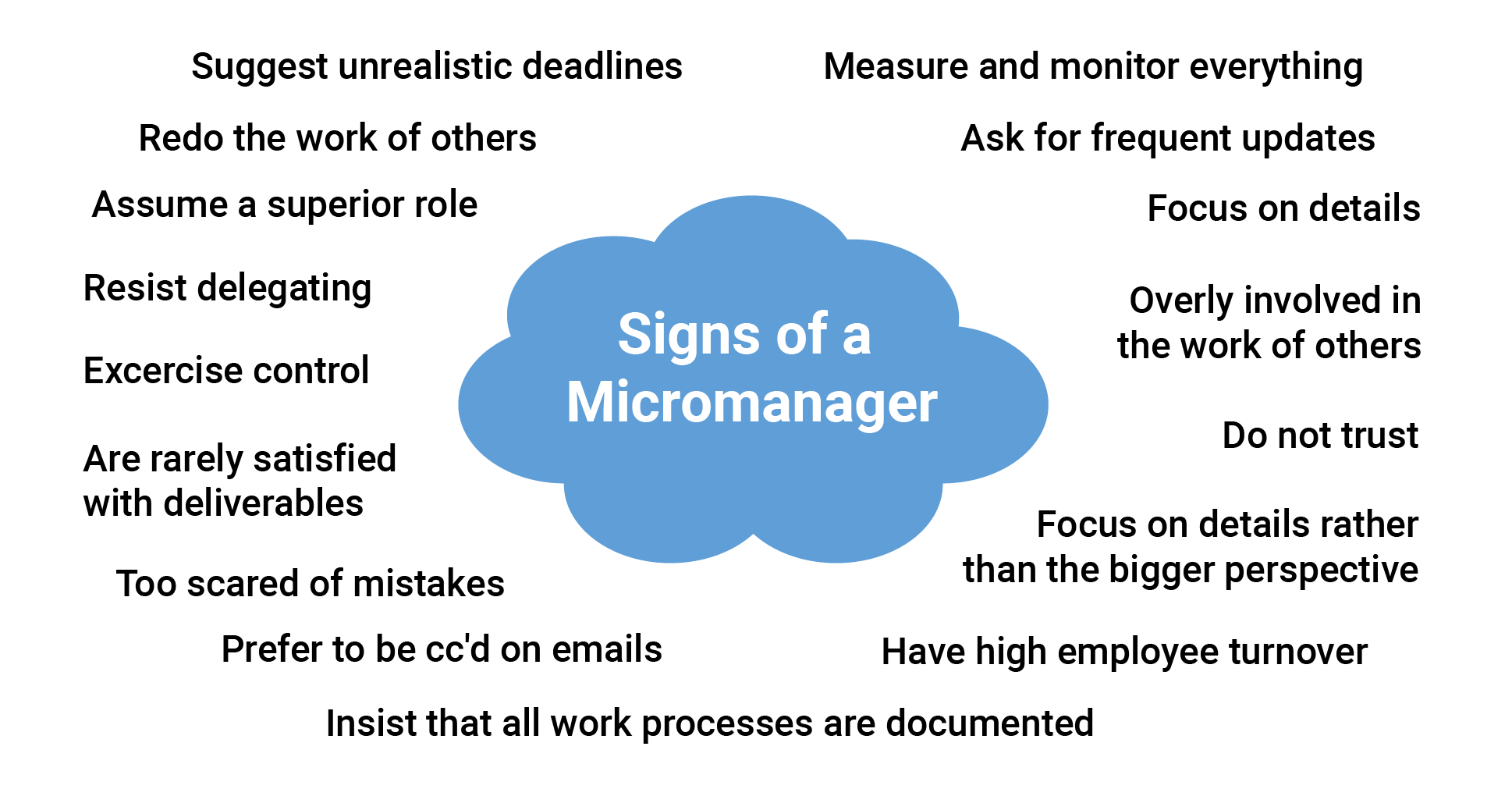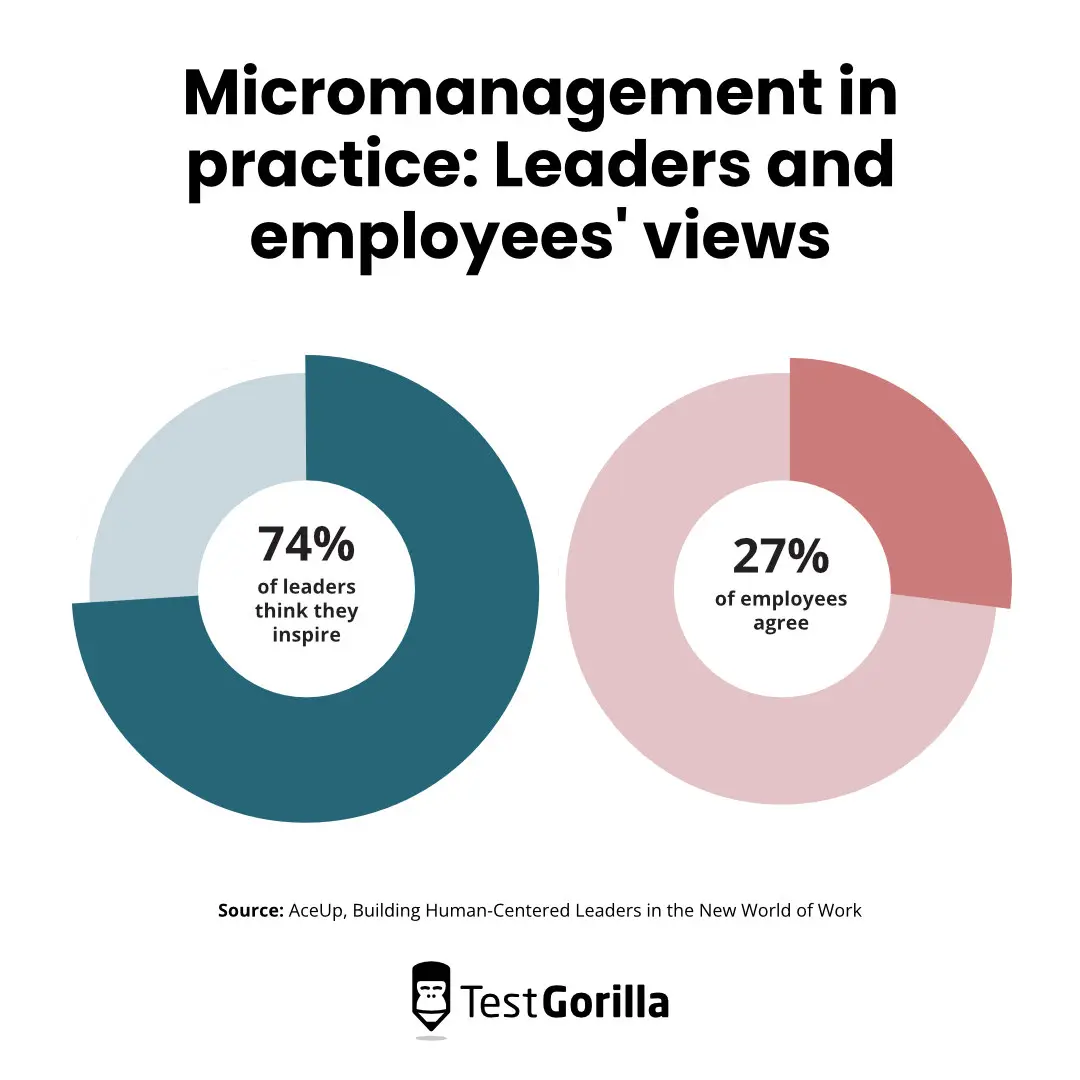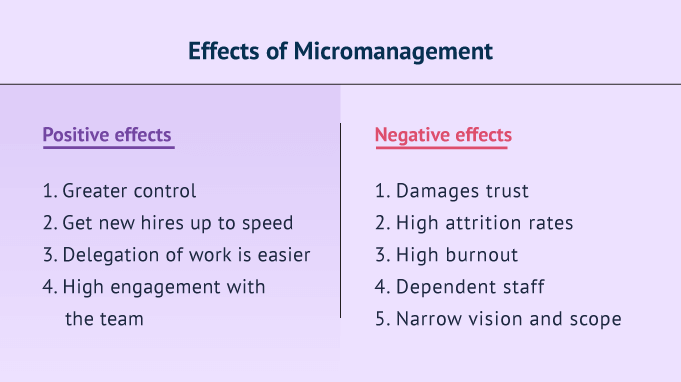Examples Of Micromanagement At Work

The persistent hum of dissatisfaction in workplaces around the globe often traces back to a single, insidious source: micromanagement. From stifling creativity to triggering employee burnout, its effects are far-reaching and significantly impact organizational health. This article delves into concrete examples of micromanagement, exploring its manifestations and consequences in various professional settings.
At its core, micromanagement is characterized by excessive supervision and control over employees' work. The following sections will illustrate common examples observed across industries, highlighting how this management style can undermine autonomy and productivity.
Common Examples of Micromanagement
Detailed Instruction on Simple Tasks
One of the most frequent manifestations of micromanagement is providing excessively detailed instructions, even for tasks that are routine or well within an employee's skillset. This might involve dictating the exact phrasing of emails or meticulously outlining steps for a process an employee already understands. According to a 2023 study by Gallup, employees who feel that they are not being trusted to do their job are three times more likely to be actively disengaged.
Constant Check-ins and Status Updates
Another common example involves relentless demands for updates, even on projects that are progressing smoothly. Managers may insist on hourly check-ins or request constant reports, creating unnecessary administrative overhead and disrupting the flow of work. This behavior often stems from a lack of trust in the employee's abilities.
Overruling Decisions and Redoing Work
Micromanagers often step in to override decisions made by their subordinates, even when those decisions are sound. They may also redo work already completed, often without providing constructive feedback. This can demoralize employees and make them reluctant to take initiative, fearing their efforts will be undermined.
Monitoring Non-Work Activities
Micromanagement can extend beyond work tasks to encompass monitoring non-work activities. Examples include tracking employee bathroom breaks, scrutinizing online activity unrelated to work, or questioning personal phone calls. Such behavior creates a hostile work environment and fosters a sense of being constantly watched.
Controlling Communication
Some micromanagers attempt to control every aspect of communication, including dictating how employees interact with clients or colleagues. This may involve demanding that all emails be copied to the manager or insisting on attending every meeting. Such control stifles open communication and hinders collaboration. This can also lead to lack of trust with clients.
Case Studies and Real-World Examples
The Stifled Startup
In the high-pressure environment of startups, micromanagement can be particularly damaging. Imagine a scenario where a software engineer, hired for their expertise, is constantly second-guessed and overridden by a manager lacking technical skills. This not only slows down development but also leads to frustration and ultimately, attrition. This leads to a decrease in revenue for the startup.
The Bureaucratic Nightmare
In large corporations, micromanagement can manifest as excessive bureaucracy and layers of approval. For instance, marketing teams might be required to obtain sign-off from multiple layers of management for even the simplest campaigns. This suffocates creativity and makes it difficult to respond quickly to market changes. A study by the Society for Human Resource Management (SHRM) found that bureaucratic hurdles often contribute to employee disengagement and turnover.
The Healthcare Hazard
In healthcare settings, micromanagement can have serious consequences. Imagine a nurse constantly questioned about their decisions by a supervising physician, even in emergency situations. This undermines the nurse's confidence, slows down response times, and potentially endangers patient safety. It is critical to empower staff.
The Broader Impact
The impact of micromanagement extends beyond individual employees and affects the entire organization. It breeds resentment, reduces morale, and stifles innovation. According to research, employees who feel micromanaged are less likely to be engaged, productive, and committed to their jobs.
"Micromanagement is not just a management style; it's a leadership failure,"says Dr. Emily Carter, a renowned organizational psychologist.
Moreover, micromanagement creates a culture of fear and distrust. Employees become hesitant to take risks or offer new ideas, fearing criticism or intervention. This ultimately undermines the organization's ability to adapt and compete in a dynamic environment.
Moving Forward: Fostering Autonomy and Trust
To combat micromanagement, organizations need to prioritize fostering autonomy and trust. This involves empowering employees to make decisions, providing them with the resources and support they need, and trusting them to do their jobs effectively. Investing in training and development for managers is crucial to equip them with the skills to delegate effectively and provide constructive feedback.
Establishing clear goals and expectations is also essential. When employees understand what is expected of them, they are more likely to take ownership of their work and less likely to require constant supervision. Organizations must create a culture of open communication and feedback, where employees feel comfortable sharing their ideas and concerns. By embracing autonomy and trust, organizations can create a more engaged, productive, and innovative workforce.
![Examples Of Micromanagement At Work 12 Examples Of Micromanagement At Work [with Infographic] | Infographic](https://i.pinimg.com/736x/81/7c/18/817c180b3cf89734194a65690f131f00.jpg)

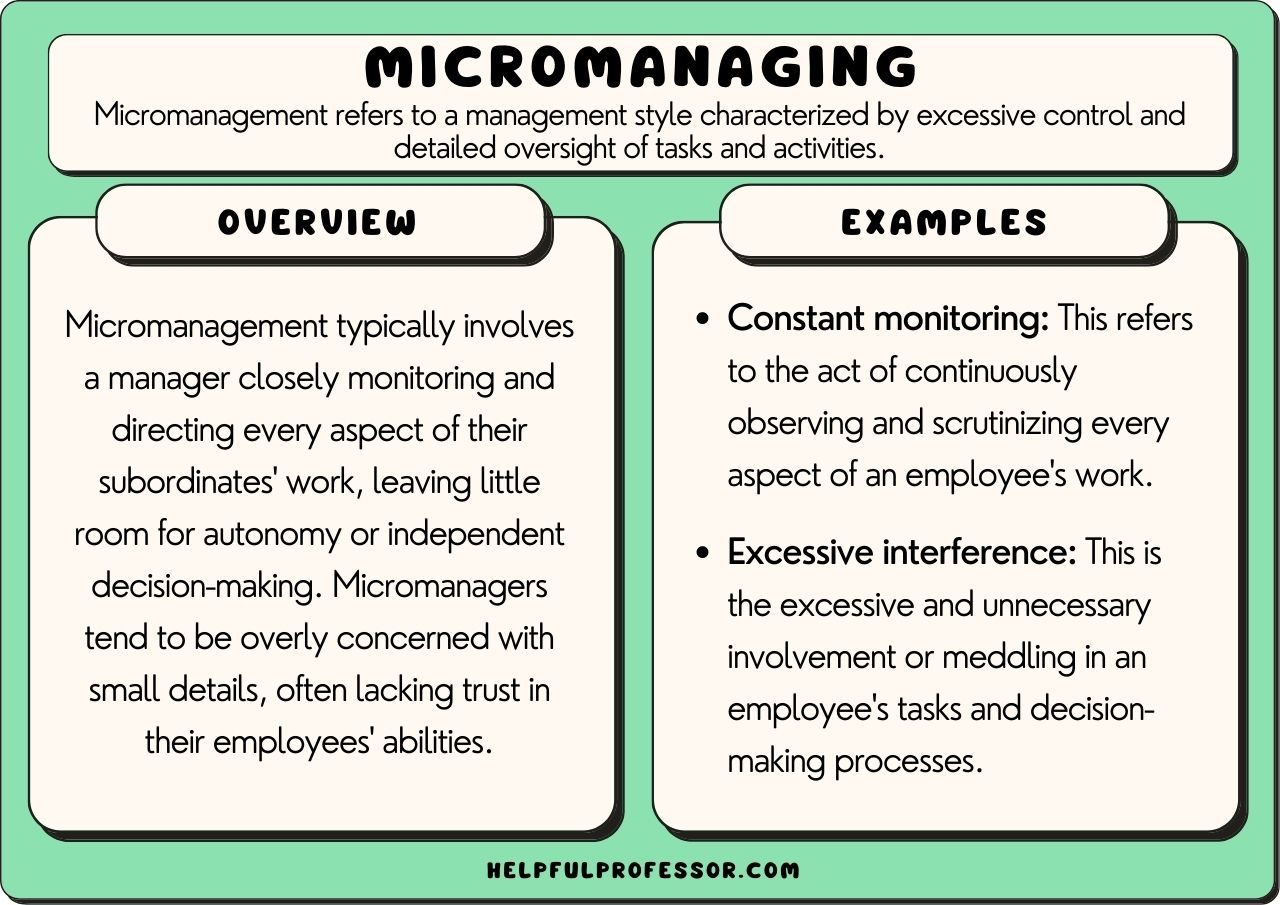
![Examples Of Micromanagement At Work 12 Examples Of Micromanagement At Work [with Infographic] | Leadership](https://i.pinimg.com/originals/cd/b9/72/cdb972668364e61e5ebae44283345daa.jpg)


![Examples Of Micromanagement At Work 12 Examples Of Micromanagement At Work [with Infographic]](https://eggcellentwork.com/wp-content/uploads/2023/03/pexels-antoni-shkraba-6632525-1-600x460.jpg)
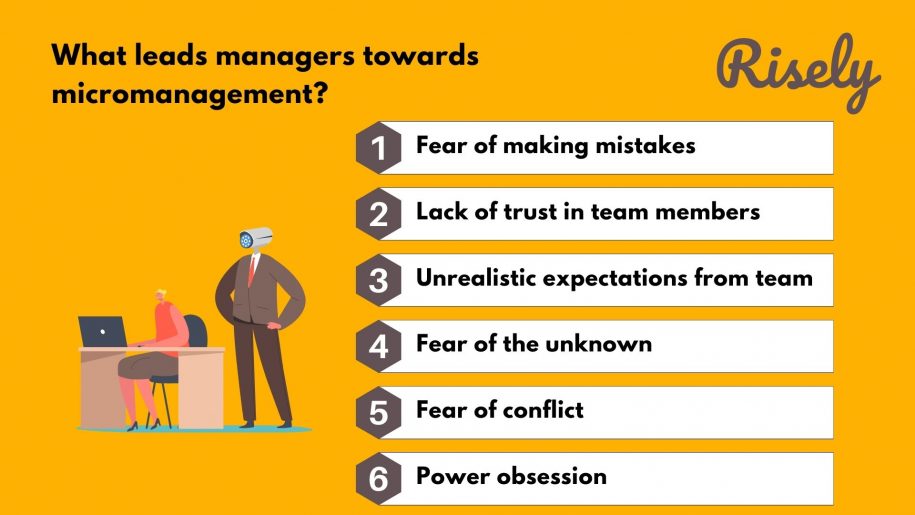
![Examples Of Micromanagement At Work 12 Examples Of Micromanagement At Work [with Infographic]](https://eggcellentwork.com/wp-content/uploads/2022/07/pexels-karolina-grabowska-7876672-1-600x460.jpg)

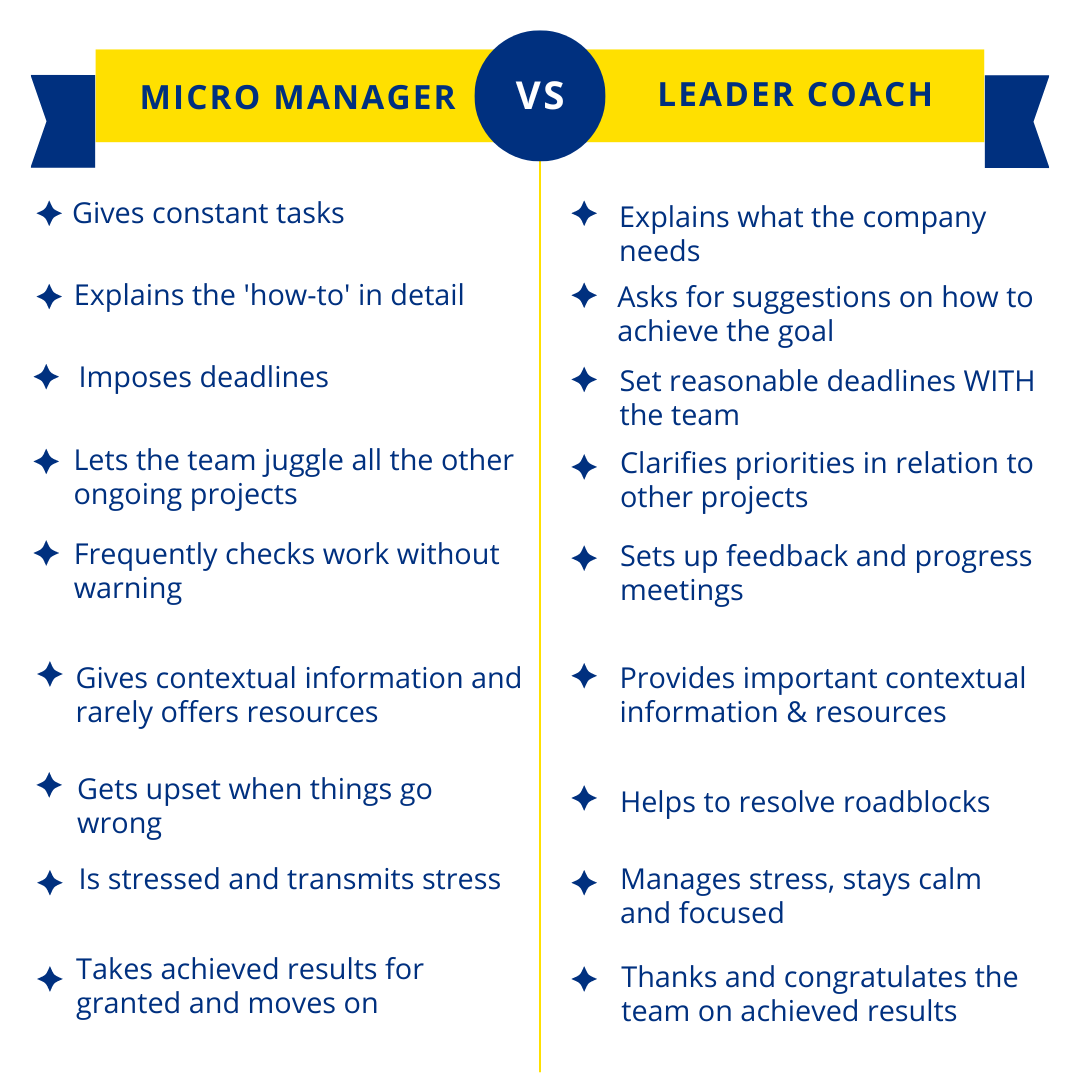

![Examples Of Micromanagement At Work 12 Examples Of Micromanagement At Work [with Infographic]](https://eggcellentwork.com/wp-content/uploads/2025/04/micro-managing-micromanaging-micromanagement-micro-management-quotes-600x460.png)
